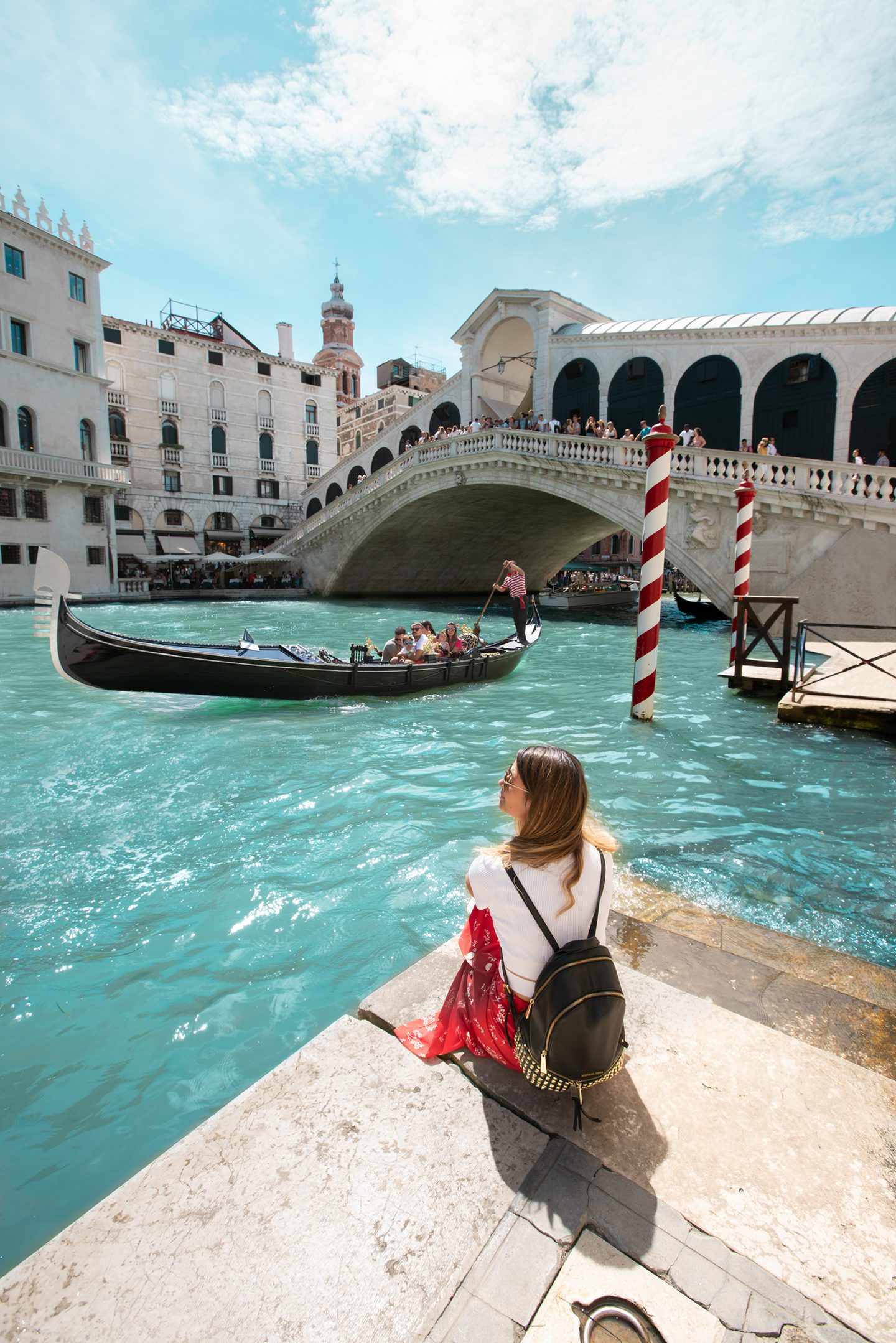
NVNQVAM DERELICTA. “Never abandoned”.
The phrase emblazoned on the roof of the Doge’s Palace in Venice is the perfect motto for a city that has endured 1,400 years of nearly constant siege – from Barbarians, Napoleonic armies, encroaching waters, and tourist hoards.
Romance is easy in this water oddity of a metropolis. At each corner you can discover a piece of history, hear street musician playing, and see Gondolas passing by, making it – in Millenials terms – a very instagrammable city. There is no wonder why around 25 million tourists visit Venice each year. Paul and I came here to celebrate our first anniversary and it has been the most magical couple of days.
Here are my top tips to get around and fully enjoy this wonderful city in 48 hours or less, starting already 10 steps ahead the other visitors.
WHEN TO VISIT

Unlike the most mainstream sources, I wouldn’t recommend to visit Venice during a famous event (Biennale, Carnival or Historical Regatta) – unless you are going there for that specific event of course! – as, on the side of being charged double by all restaurants and facilities, it drives in lots more tourists than normal and when the city is overcrowded is really not fun to walk around.
Despite there were no events on when we went, we witnessed crowds of impolite tourists who pushed us around – it felt like being in a club at times! I don’t blame Venetians for wanting to introduce a fee for daily trippers to manage the over-tourism (Read more about it here)
HOW TO GET THERE

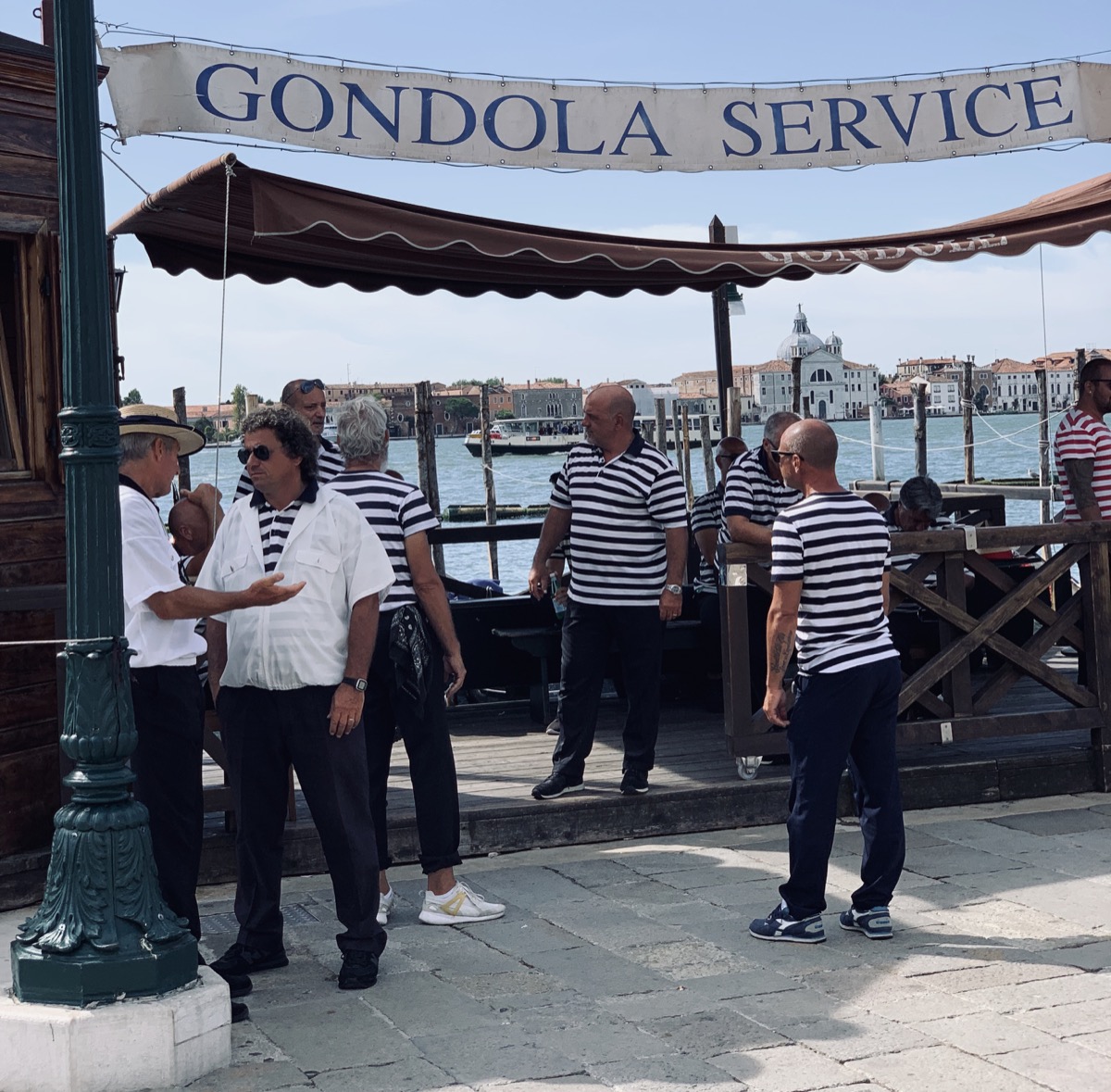
Paul and I were travelling from Turin, so we drove up to Mestre Train Station and parked the car there. Then we took a train from Venezia Mestre to Venezia Santa Lucia – €1,50. You can also cross the “Ponte della Liberta’ ” (the only bridge that connects Venice to the mainland) via coach for the same price from Mestre Station.
If you are travelling internationally Marco Polo airport is about 12 km north of the city on the mainland. A romantic way to arrive in Venice is to sail across the lagoon on the Alilaguna water bus – 15-18€ from the airport – or via Water Taxi – 100€.
WHERE TO STAY
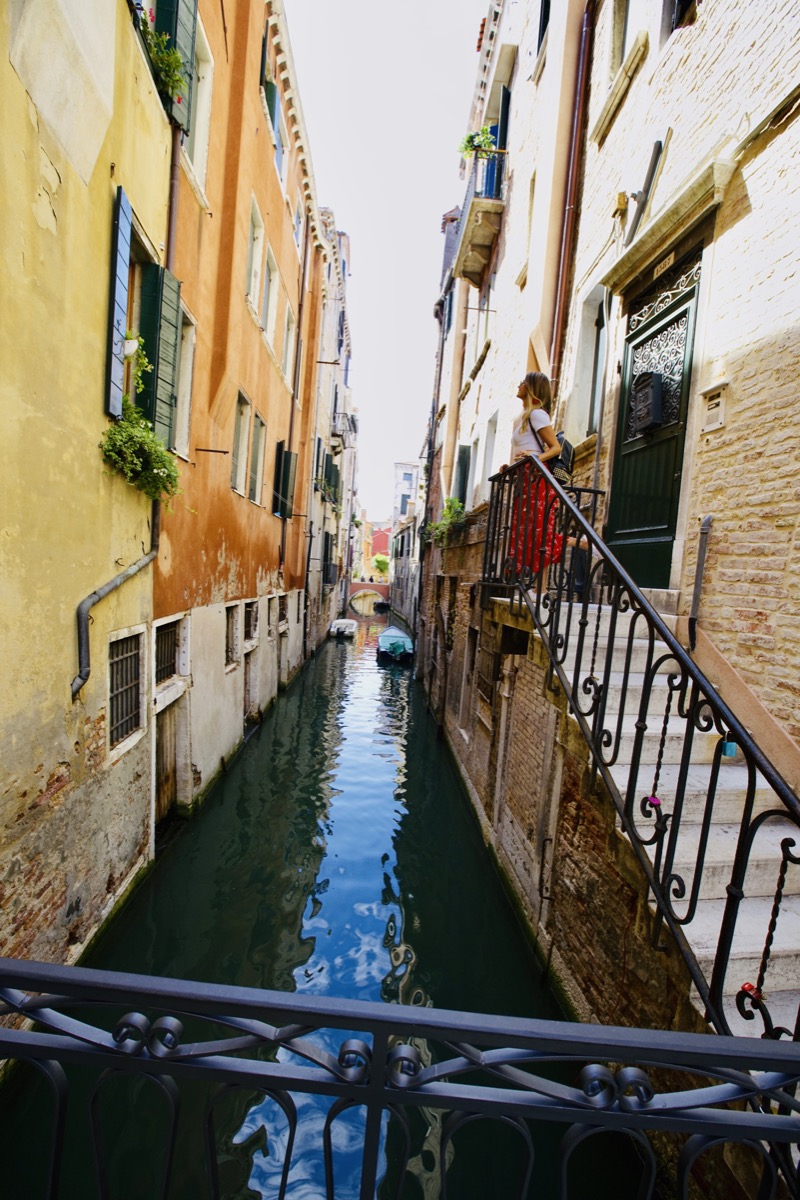
Since we only had 48 hours here – only one night – we decided to stay in Venice. If you do the same my best tip is to pack up light and get ready to hassle while walking in the intricate meadow of streets, bridges and amongst crowds of tourists to get to your hotel, as there are no taxi or motor vehicle allowed on “La Serenissima” ground.
If you are on a budget you can find decent hotel rooms from €100 per night. We stayed in the heart of San Marco at a place called Ca’ del Nobile.
For the more boujee-like readers, Venice offers a great collection of luxury hotels: such as the Hotel Danieli, The Gritti Palace, and the J.W. Marriott – where a standard double room starts at €500.
Also be prepared to pay a daily €5 tourist-fee.
WHAT TO DO
- If you’re not getting lost you are not doing it right!
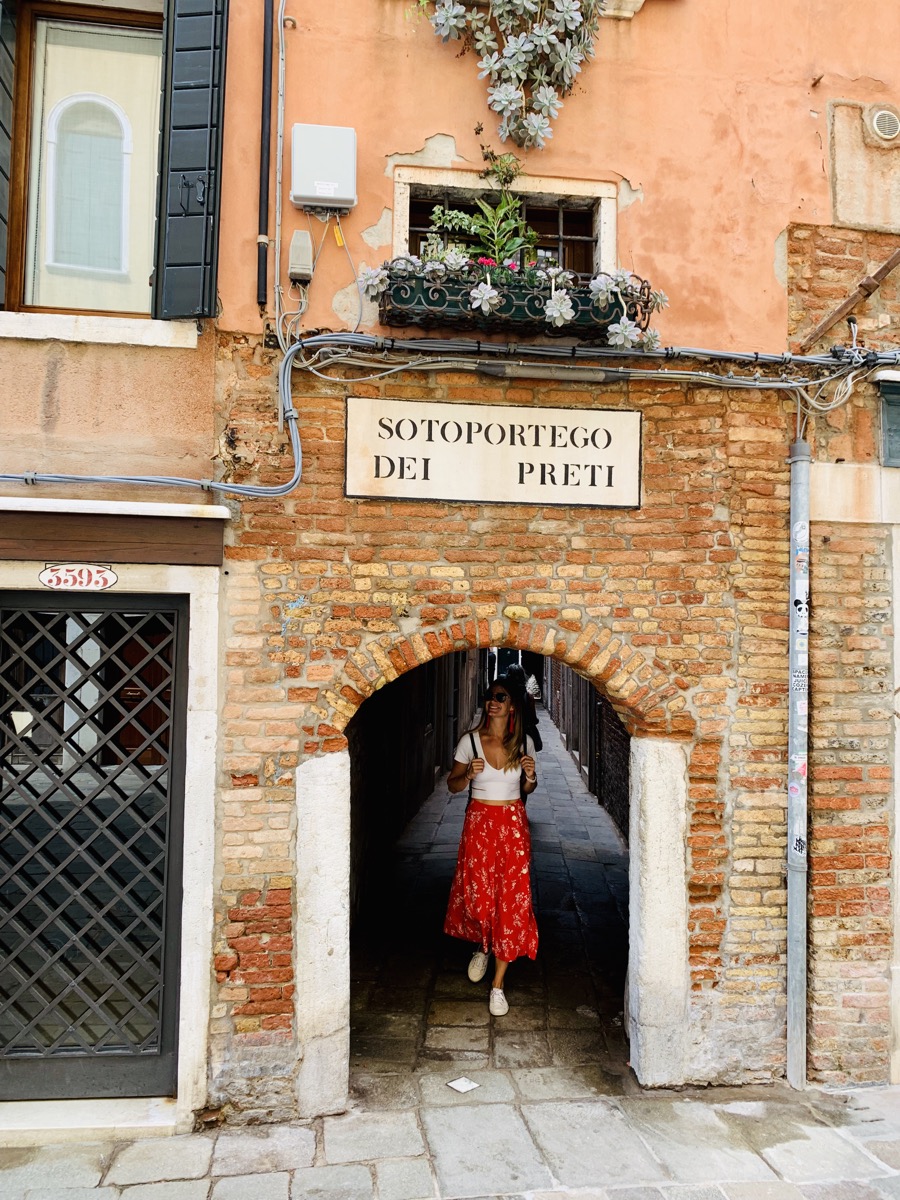
Paul and I are a very unusual specie of tourists as, rather than going to a city to visit the main attractions, we love to walk around, explore, try to blend in with the locals and find things out on our own.
Venice is the perfect city for this: with its maze of tiny calle, caruggi, sottoportegi, rio teras, salizadas, campos and ramos is hard to not get lost! Even visitors with GPS-like sense of directions – like Paul – will likely be bested by the meandering streets of the city. And to be honest there’s no better way to explore this lovely and characteristic town.
St Mark’s Square is the focal point for most visitors, it goes with it that it is also the most crowded. If you are looking for a more secluded experience hit the west side of the city – San Polo, Dorsoduro and Santa Croce quarters.
- For the more traditional tourist type

Venice has an ancient history and is filled with well-preserved beautiful buildings as its testament. The Doge’s Palace is a high point of Venetian Gothic architecture and the St Mark’s Basilica – from which the main square takes its name from – is one of the best known examples of Italo-Byzantine architecture, famous for its characteristic Mosaics. To easily get around amongst museums and churches the Venezia Unica Citypass ( veneziaunica.it) allows you to pre-buy transport tickets, combined entry museum and church passes.
- Venice was built to be seen by water
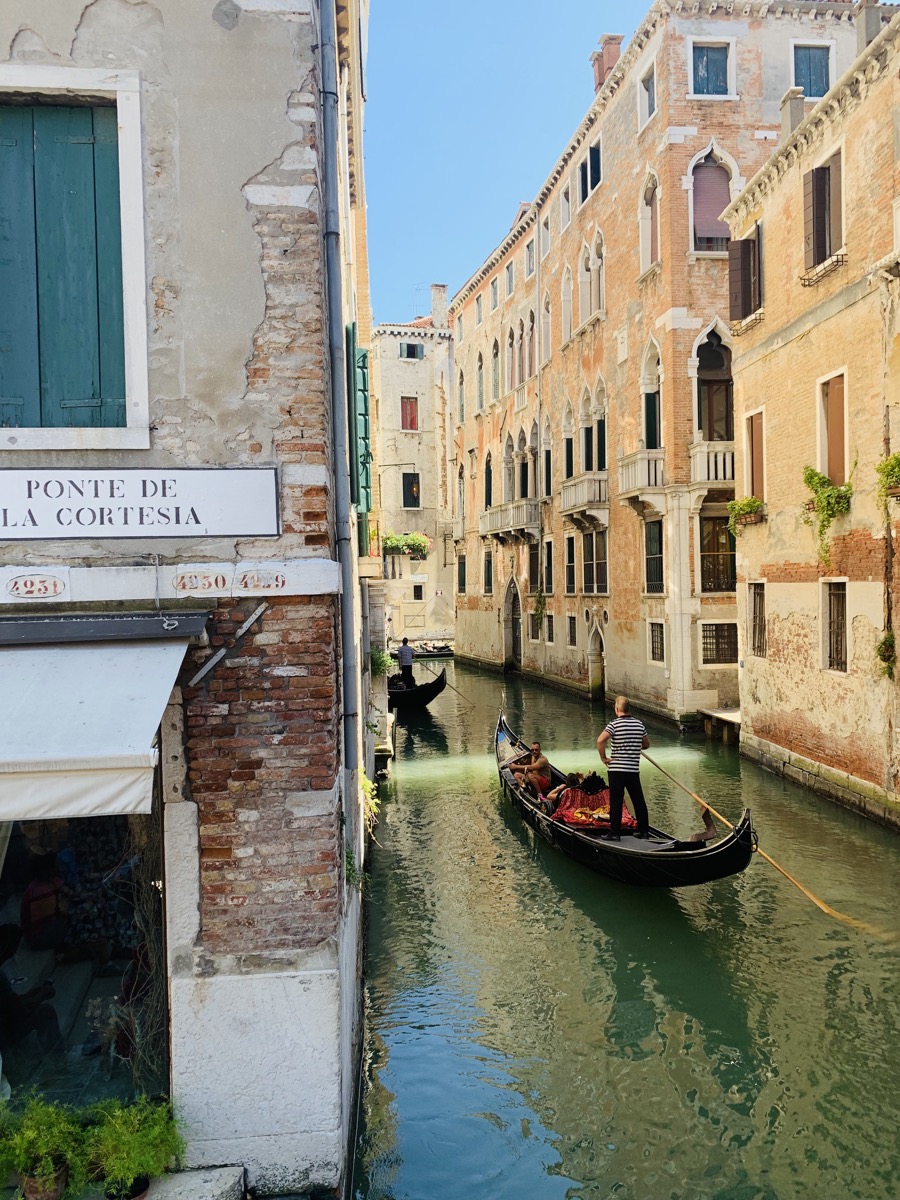
The “Queen of the Seas” is a mosaic of 118 small islands linked by 417 bridges. You can well imagine that a good way to move around is by water. So you’ll see plenty of water taxis, vaporettos and, of course, Gondolas riding the intricate maze of little canals. Gondola ride prices have been recently standardised at €80 for daytime 30-minute trip and €100 for a 30-minute trip after 7pm. I know…not the cheapest, but there is an untold way to experience a gondola! Several points along the Grand Canal have traghetto stops such as the one at Santa Maria del Giglio, with gondolas operating as ferries where there is no convenient bridge, and they costs €2 one-way!
- Venice’s little Islands and glass souvenirs
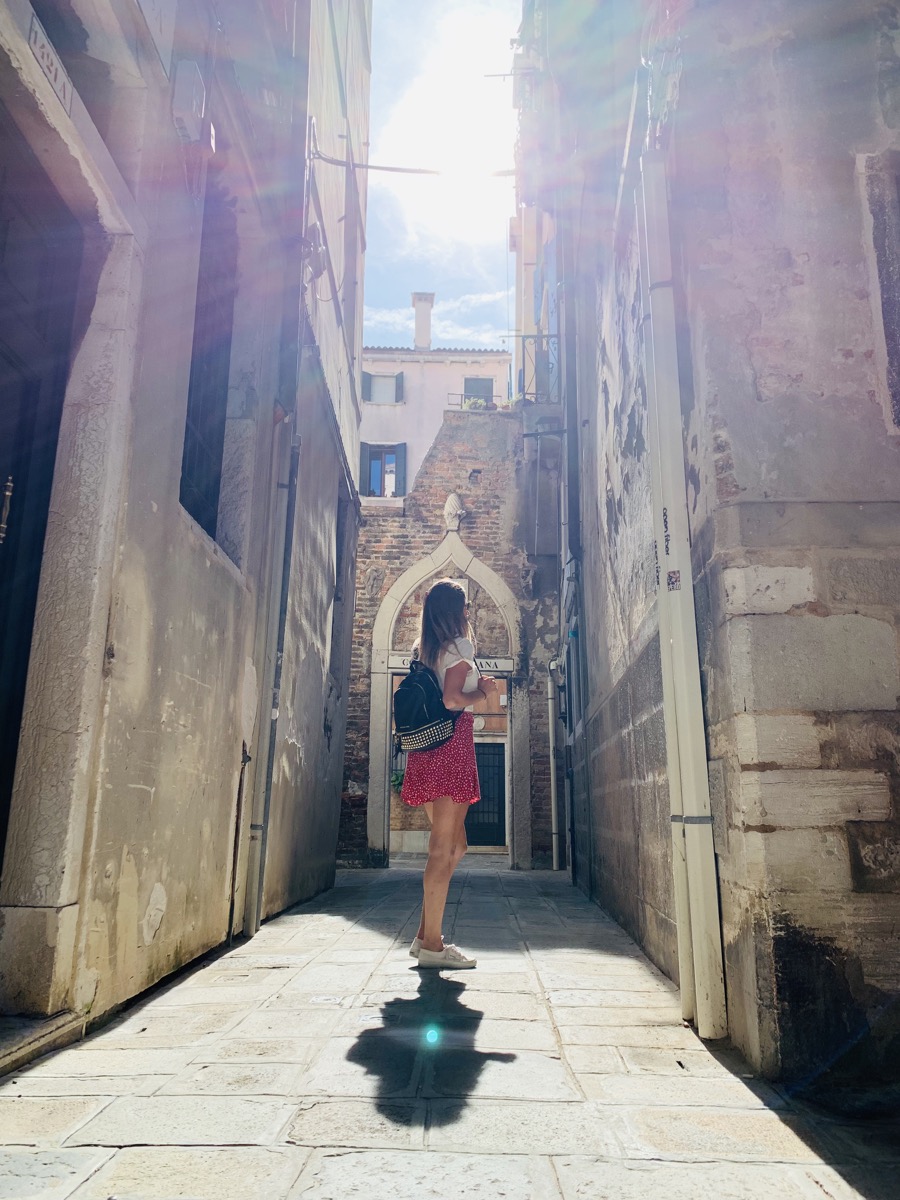
If you’ve heard of Venice you must have heard in equal measure of the famous island of Murano, renowned for its long tradition of glass-making, a history chronicled at Museo del Vetro. Plenty of ferries throughout the day can take you there, download the local ACTV app for schedules and buying tickets easily.
If you go to Murano, make sure not to miss that even more characteristic Burano, known for its brightly coloured fishermen’s houses – very instagrammable – and the much less known Torcello, home of an archaeological museum and the world-famous restaurant Locanda Cipriani.
- The “acqua alta”is a fact of life
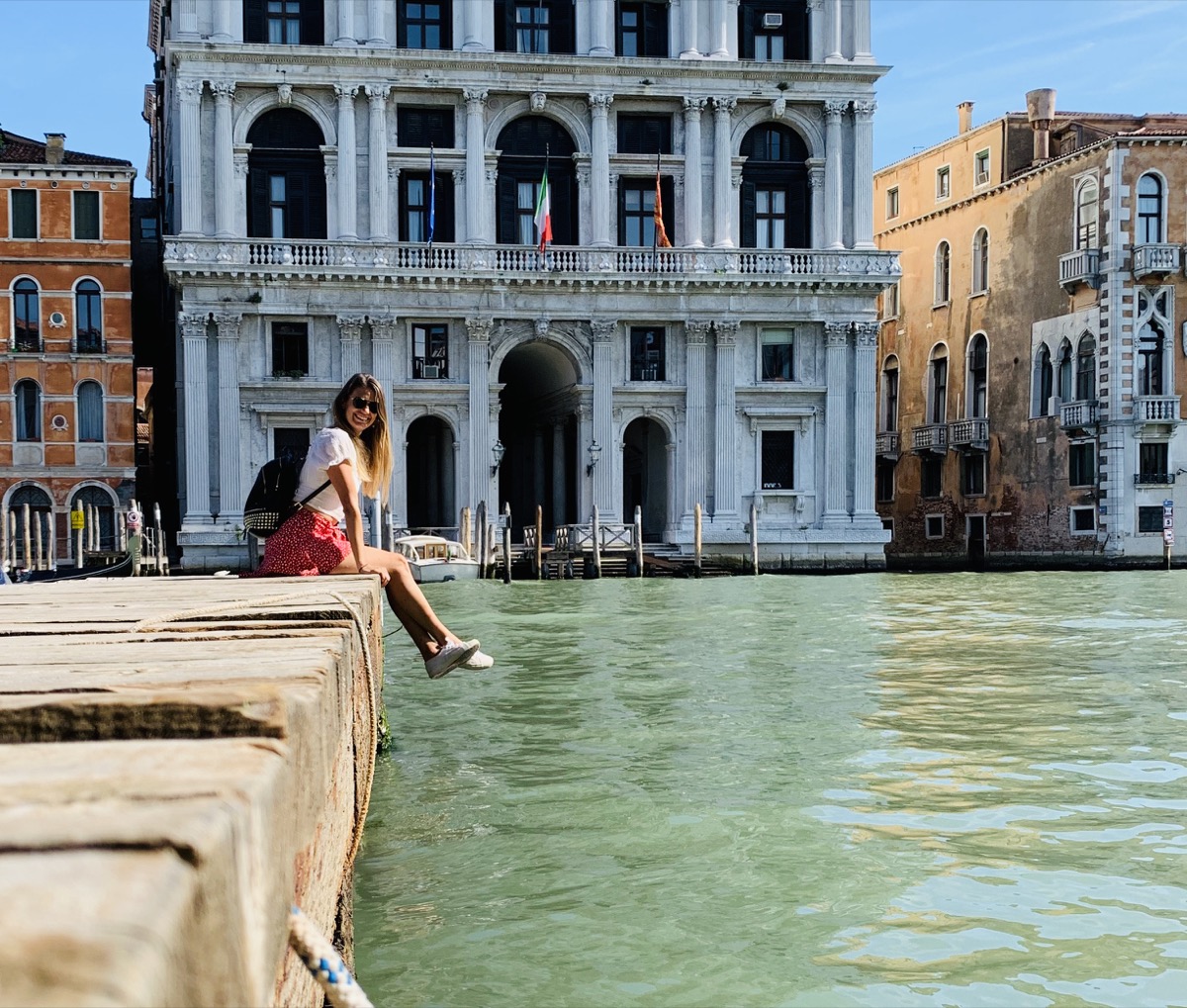
The acqua alta – the exceptionally high tides that flood parts of the city – may be a strange sight for visitors, but for locals, it’s a fact of life. And with habituation comes adaptation, and with adaptation comes an app. Locals – and an increasing number of savvy visitors – know to keep tabs on the tides with an app such as hi!tide Venice or Venice tides.
WHERE TO EAT

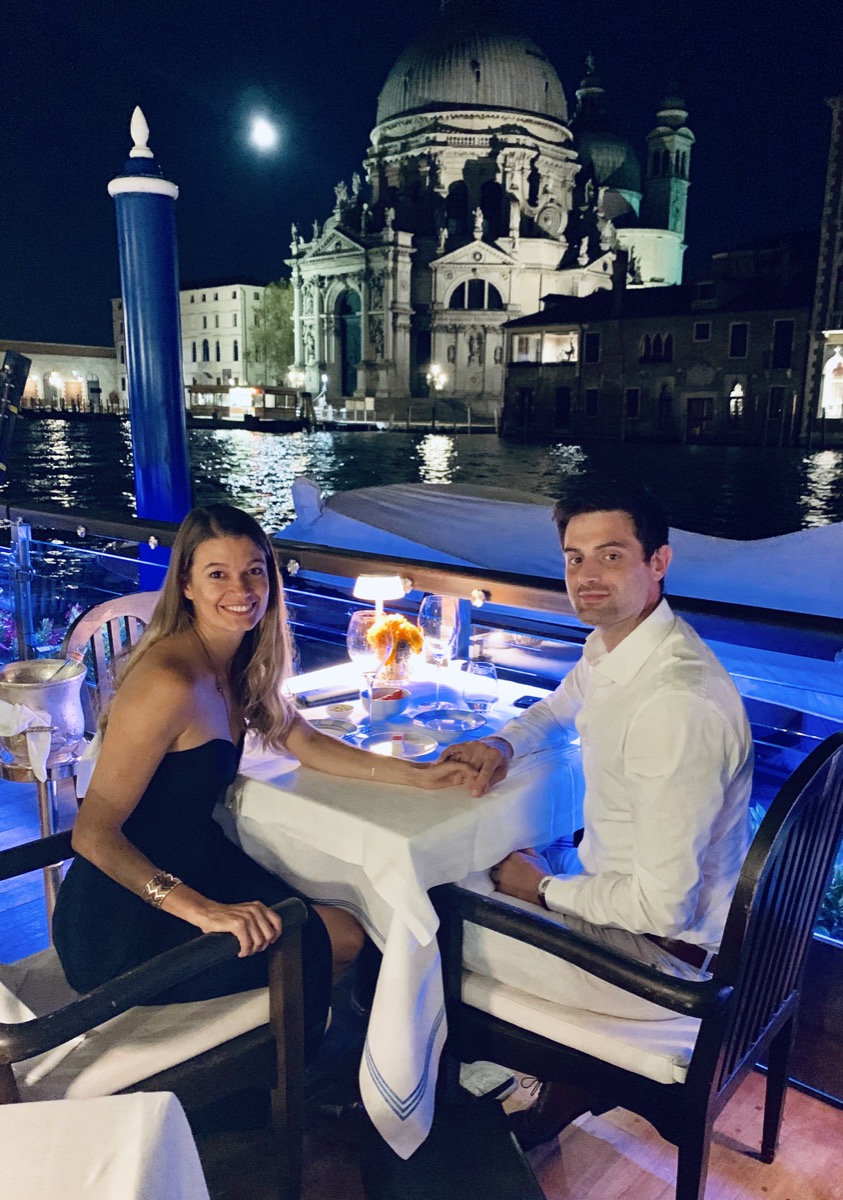
For a typical Italian breakfast – a coffee and a sugary confection – try one of the city’s most iconic pastry shops: Rosa Salva. There are several branches including one in San Marco.
There’s way too much to see in Venice, especially if you are there for only 48 hours like us – to waste time sitting down for lunch – besides Italians are not the fastest when it comes to table service. For a lunch on the go I’d really recommend to try the local take on tapas, i cicchetti: typically served in traditional “bàcari” (cicchetti bars or osterie) just like the Spanish Tapas are a mix of tiny sandwiches, plates of olives or other vegetables, halved hard boiled eggs, small servings of a combination of one or more seafood, meat and vegetable ingredients laid on top of a slice of bread or polenta, or very small servings of typical full-course plates. If you want to blend in with the locals, go to Cantina do Mori dating from 1462.
If you need to stop for coffe at some point, as a general rule of thumb coffee enjoyed “sans chair” tends to be significantly less expensive than the same cup enjoyed sitting down.
For sipping an Aperol Spritz – which is THE typical Venetian “aperitivo” – at sunset I’d really recommend to treat yourself at Gritty Terrace and watch the Gondolas go by on the Canal Grande with a striking view on Santa Maria della Salute. Yes it will cost you €20 per glass but the view and the atmosphere totally worth it!
Since we were celebrating our anniversary we’ve treated ourselves to dinner there. If you are looking for something less formal – and less pricey – serving typical cuisine, my recommendation is Ristorante Al Covo, in Castello.
Venice is a maritime city, which means that anywhere their specialities are seafood: definitely not to be missed are Spaghetti alle Vongole or Risotto al “Nero di Seppia” (Squid ink).


